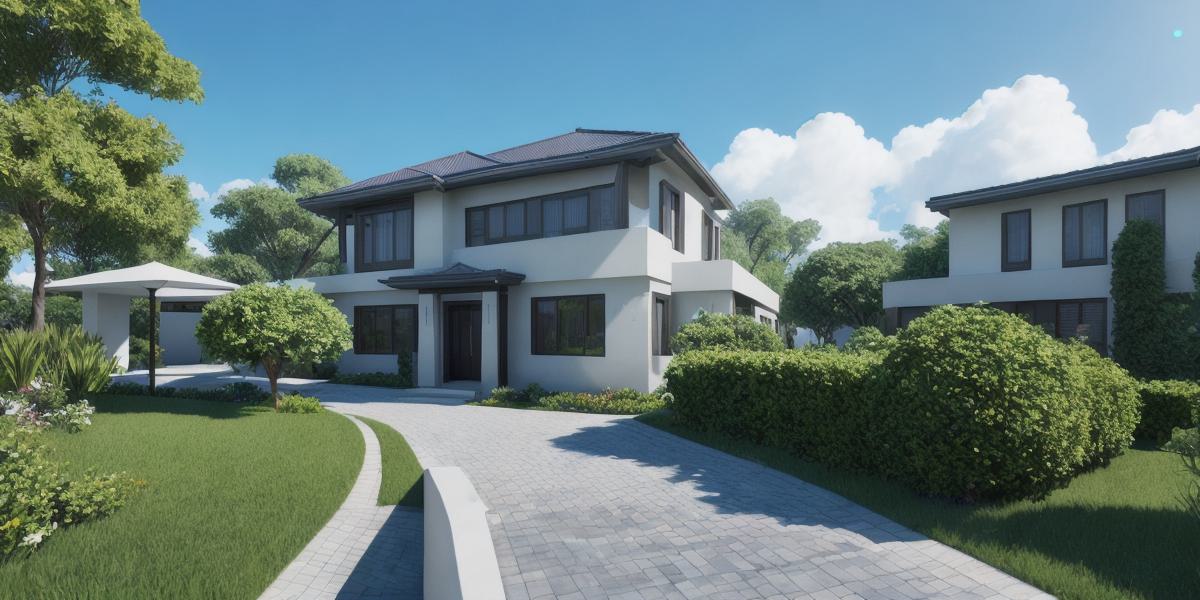AI is rapidly changing the way we approach 3D modeling, and one of the most exciting developments is the use of AI-generated video models. These models can help you create stunning visuals quickly and efficiently, without sacrificing quality or accuracy. In this article, we’ll explore how AI-generated video models are revolutionizing the 3D modeling industry and provide you with some tips on how to get started with this technology.
What are AI-Generated Video Models?
AI-generated video models are created using machine learning algorithms that analyze data and generate realistic 3D animations. These models can be used for a variety of applications, including product visualization, architecture, and gaming. By automating the process of creating 3D models, AI-generated video models can save you time and money while also improving the accuracy and quality of your work.
The Benefits of AI-Generated Video Models
One of the biggest benefits of AI-generated video models is their ability to create highly realistic animations quickly and efficiently. These models can be used to create animations for a wide range of applications, from product visualization to architectural renderings. In addition, AI-generated video models are highly customizable, allowing you to adjust the lighting, camera angles, and other settings to meet your specific needs.
Another benefit of AI-generated video models is their ability to improve accuracy and reduce errors. By using machine learning algorithms to analyze data and generate animations, these models can help you create more accurate 3D models with fewer errors than traditional methods. This can be particularly valuable for applications that require high levels of accuracy, such as product visualization or architectural renderings.
How AI-Generated Video Models Work
AI-generated video models work by analyzing data and using machine learning algorithms to generate realistic 3D animations. The process typically involves three steps: data collection, model generation, and rendering.
Data collection involves gathering information about the object or scene you want to model. This can be done through a variety of methods, including scanning or modeling the object yourself. Once you have collected the data, you can use it to train the machine learning algorithm that will generate the 3D animation.
Model generation involves using the trained algorithm to create a 3D model of the object or scene. This model is then refined and optimized to ensure that it meets your specific needs. Once the model has been generated, you can use it to create animations and other visualizations.
Rendering involves using specialized software to render the animation in real-time. This allows you to see the animation as it’s being created, which can be particularly valuable for applications that require high levels of interactivity or customization.
Real-Life Examples of AI-Generated Video Models
There are many examples of how AI-generated video models are being used in a variety of industries. For example, in the automotive industry, AI-generated video models are being used to create highly accurate 3D animations of vehicles and other objects. This allows car manufacturers to test new designs and features before they’re produced, which can save time and money.
In the gaming industry, AI-generated video models are being used to create realistic 3D environments and characters. This allows game developers to create highly immersive gaming experiences that are more engaging and realistic than ever before.
In the medical industry, AI-generated video models are being used to create 3D simulations of surgical procedures. This allows surgeons to practice new techniques and gain a better understanding of complex anatomical structures.
